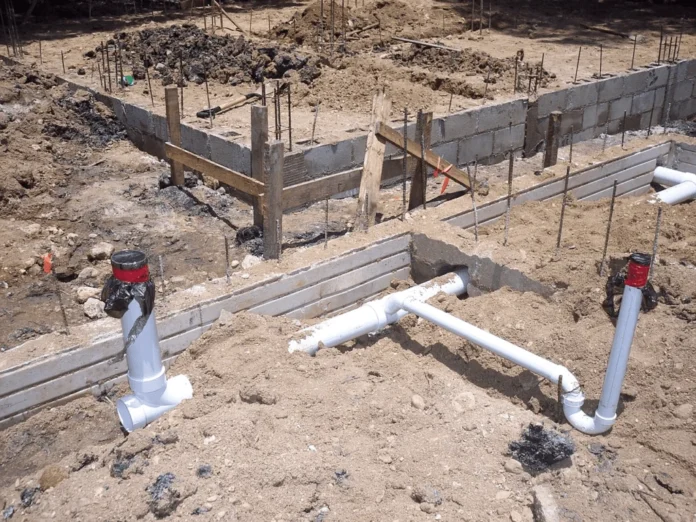Last Updated on March 9, 2024 by Nasir Hanif
A home’s sewer is probably the last thing a homeowner wants to deal with. Messy, smelly and pretty much where everything in terms of waste goes, and no one wants to see it again. However, the beauty of a sewer system washing away all these unwanted materials comes in its ability to work. When a sewer line is plugged up, clogged or broken, then the homeowner has no choice but to deal with a mess that needs a fix. In the worst case scenario, the sewage can back up into the home through the toilet or sink or tub, which is the last thing anyone wants. Sewer cleaning avoids these problems.
Table of Contents
Causes of a Clogged Sewer
While there is always the proverbial kid’s toy flushed down the toilet, a sewer can clog a lot of other things too. Lines that go out in the yard after a few decades can be penetrated by tree roots which catch debris and clog flow. Fat, grease, hard food material and similar can turn into globs of water-resistant blockage in lines that take mechanical treatment to be broken up and cleared. Paper and similar flushed down lines in bunches can glom together, catching other material and becoming an impediment. Sewer lines tend to be bigger in size to manage waste removal flow from multiple drain lines, but they can only do so much. And once the line plugs up thoroughly, then it begins to be noticed in poor draining, backed up drains and material coming back up into sink and tub basins.
Symptoms of a Serious Problem
Again, sewer lines are designed to drain and remove waste away from a home. So, anytime there is a serious sewer smell coming back into the house, that’s a signal the line is partially or completely blocked, and decomposition gases are releasing into the house instead. Another tell-tale side of backup is discoloration and water stains, usually around the base of the toilet or tub drain and even sink drains. Obviously, standing water that isn’t draining in a sink or tub is a problem as well. Outside, the lawn area tends to cover the sewer line going out to the municipal main line or the septic tank. When the soil is saturated and wet, especially on days when there is clearly no rain, there’s a good chance the sewer line is broken. Finally, in the worst-case scenario, the sink and toilet fixtures are overflowing with backup.
How Services Help
Sewer cleaning services are a proactive step any homeowner can take in making sure their sewer is operating correctly. The first part of an evaluation will be to make sure everything is draining correctly. Depending on drain flow, closer examining and even a camera scoping down the sewer line may be performed to confirm the line is clear and not clogged by anything. Where there is an impediment, the service can perform a basic removal and clearing with a snake tool and similar to break up the matter and free water passage again. If the blockage is serious, the services can identify the exact issue and then recommend what the next steps would be from a plumbing repair perspective.
The last thing any homeowner should do with a slowly-emptying drain or persistent clog is to ignore it. While some home remedies like drain cleaners and similar might temporarily work, these chemicals can actually do more harm to a sewer line than help. The real solution is to have a professional cleaning that preserves the integrity of the plumbing and removes the actual cause of the blockage. Remember, a good sewer system moves waste away from a home. While it’s messy and smells bad, protecting your sewer line protects your home. Stay on top of its maintenance, and you won’t have to deal with the disaster of an overflowing toilet or tub.
















